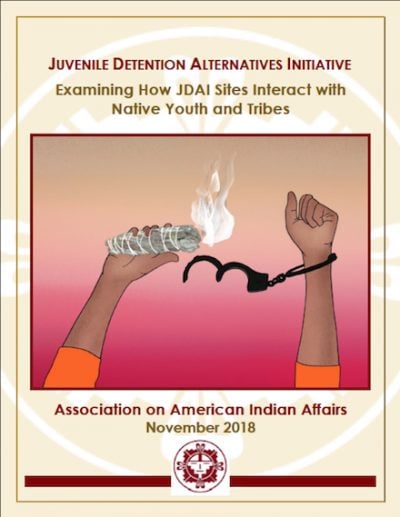Hmm...
Several sites that stated they did not serve Native American youth, including Massachusetts and Mississippi, have strong Native populations with defined reservations and communities.

Funded by Casey Foundation, this report examines how Juvenile Detention Alternatives Initiative® (JDAI) sites interact with Native American youth and tribes to support appropriate cultural alternatives to detention. The researchers utilized survey and interview data to pinpoint two key areas of concern:
The document ends by highlighting emerging best practices at JDAI sites serving American Indian youth in Arizona, Montana, New Mexico and Washington and sharing recommendations for reform.
The surveys and interviews conducted show that the majority of JDAI sites responding have not been collecting data on Native American youth or their tribal affiliation, and were either relying on youth to self-identify as Native or allowing staff to make unilateral determinations on whether or not a youth was Native. Considering that JDAI relies on robust data collection to support the direction of alternatives to detention, these findings problematic.
We hope you'll find value in this report. We’d love to get a little information from you, which we'll use to notify you about relevant new resources.